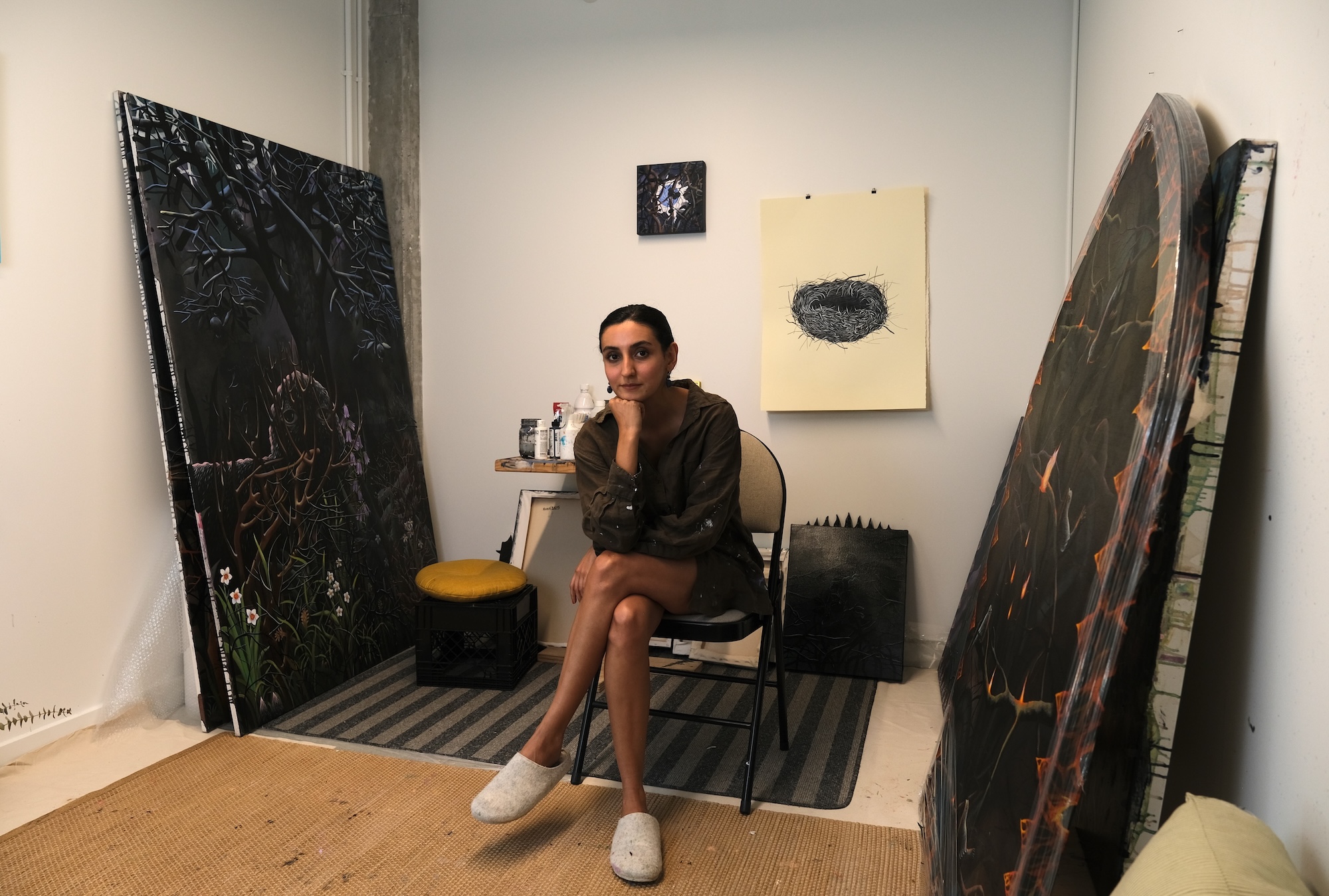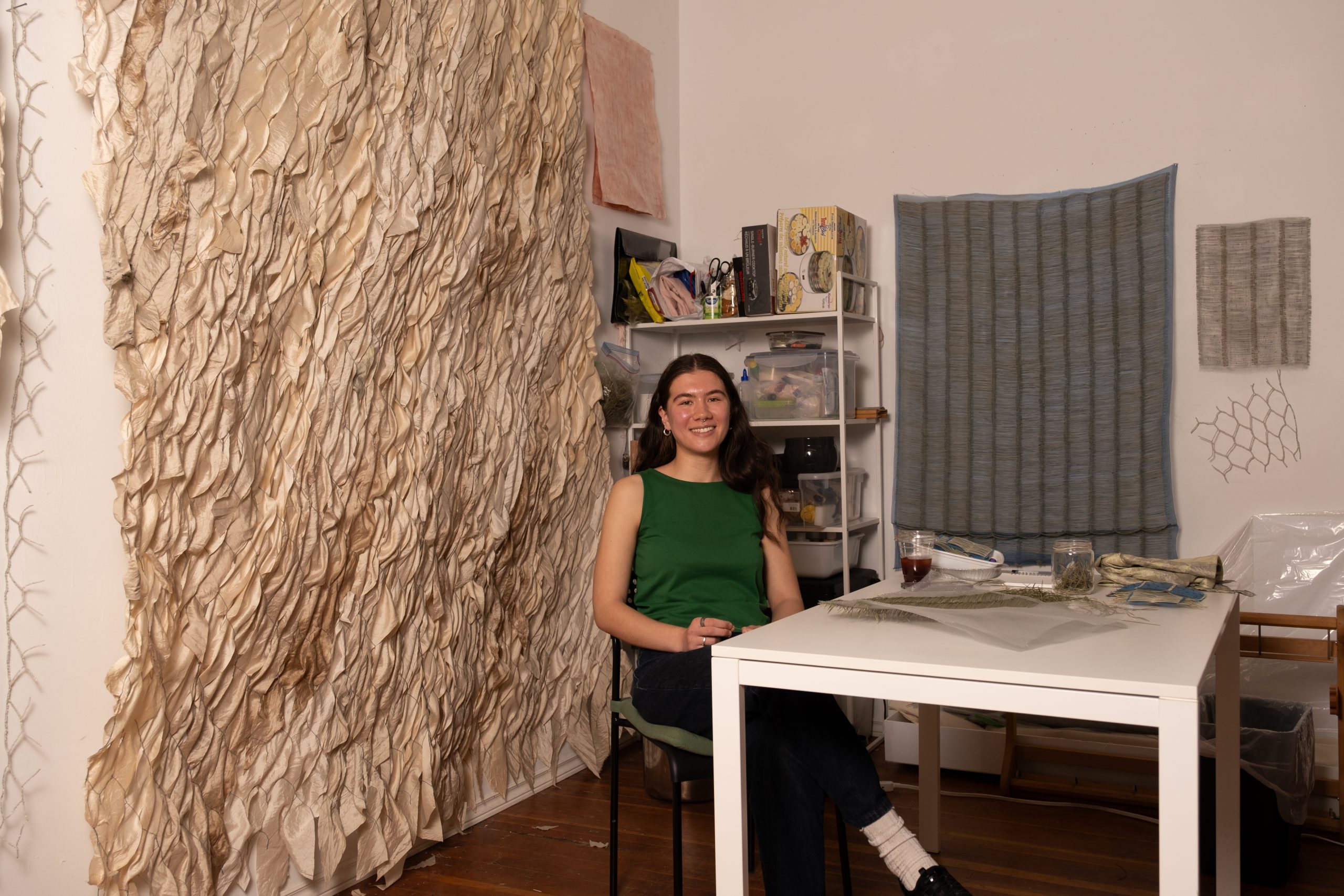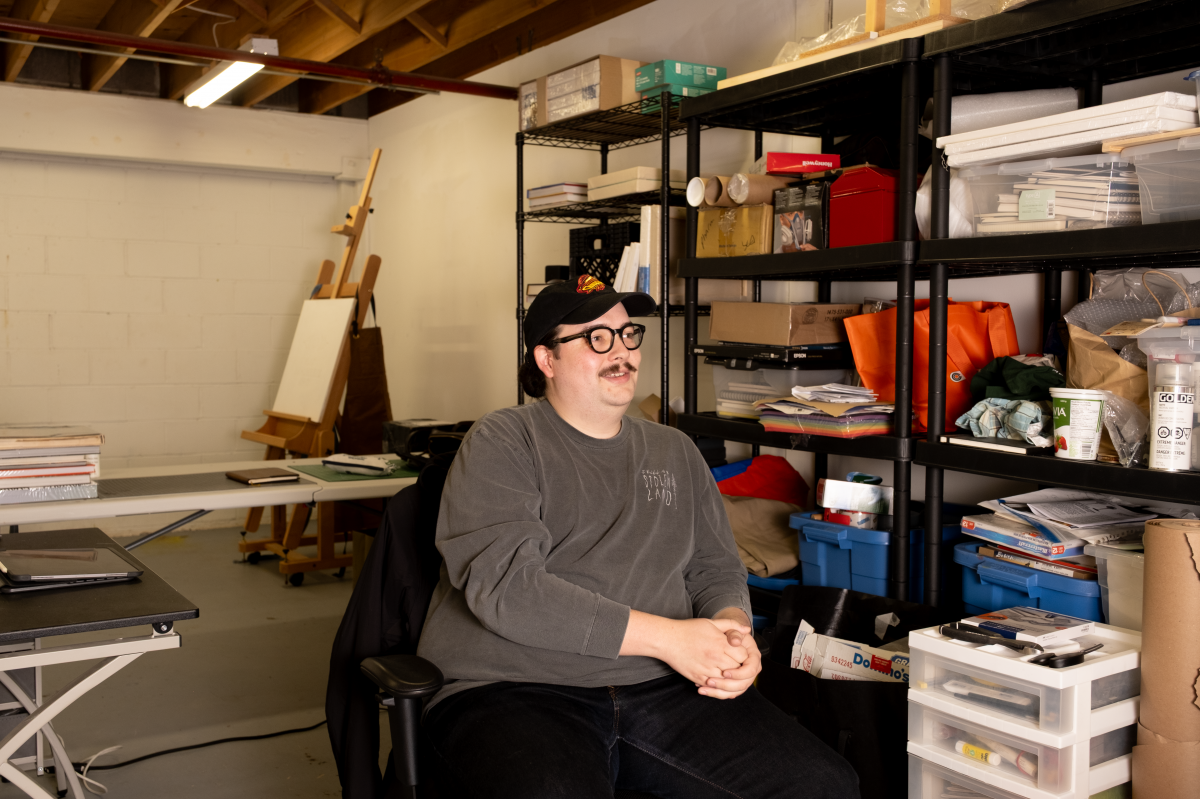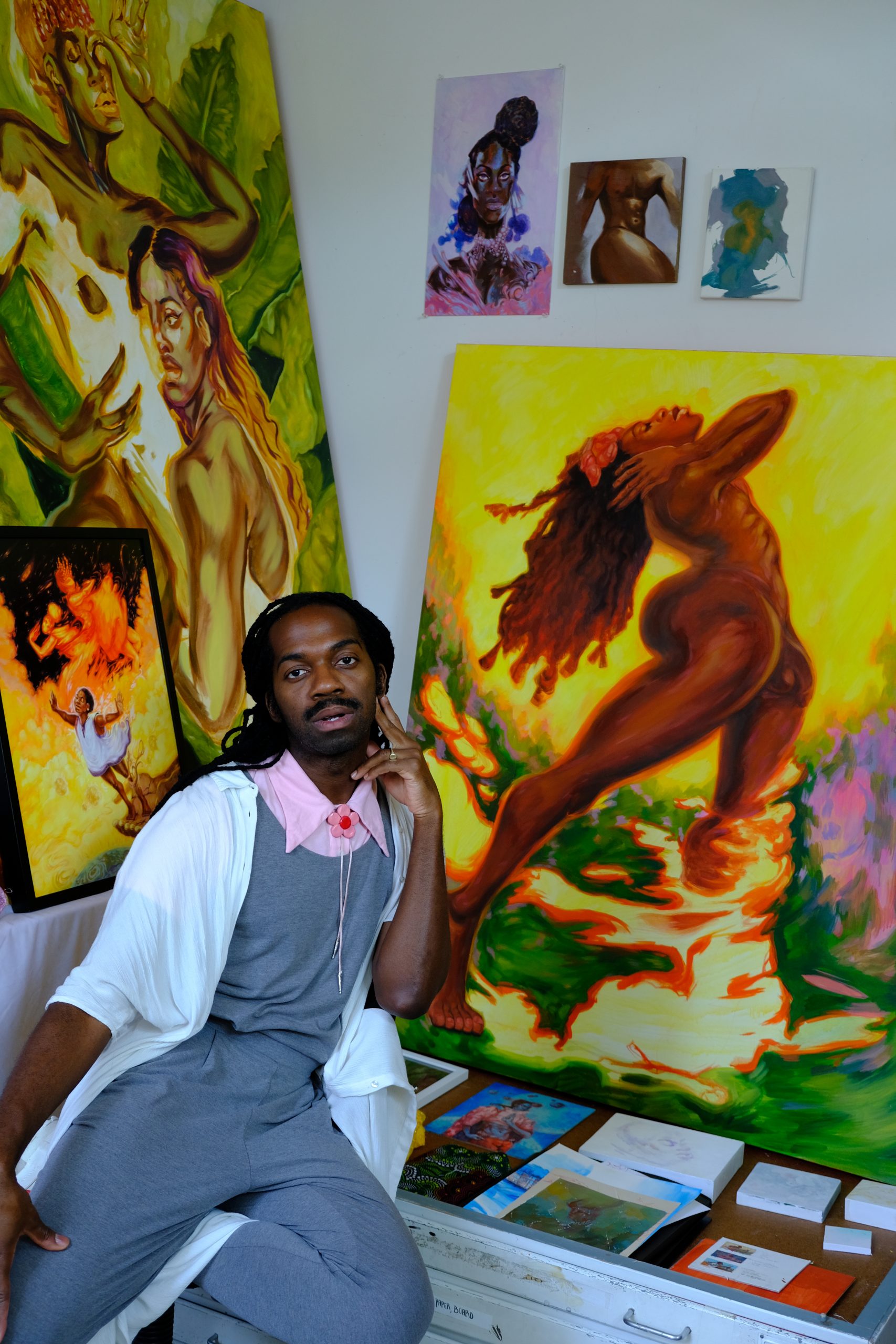You came to Vancouver almost five years ago, in the middle of the pandemic. But I want to take us back slightly before 2020—I was very curious about your experience attending art school in Tehran. Can you speak on that?
I did my Bachelor of Arts specifically in painting, because in Iran, we can choose exactly what we want to study. It's much more directed. They teach you how to paint, how to draw—very academically compared to here. Vancouver seems a little more open ended, which I appreciate because it gave me so much skills to work with later on. When I was 20, I didn't have certain concepts or ideas to expand on so I really appreciated having to work on my technical skills first. It may not be for everyone but I really liked going to school with that approach; having a more traditional way of teaching and learning how to paint technically. At the end, I had to show my paintings and presented a paper on Henry Rousseau's paintings and its references to Persian and Indian culture.
At your residency at Griffin Art Projects in 2024, it seems like you went in with a goal to describe your idea of a Persian Garden. Could you speak more on this?
When I say Persian Garden, I'm referring to what is in my head memories of childhood and my younger years. When I would go to, for example, my grandma’s house. I'm from Tehran and Isfahan. Isfahan is one of the cities in Iran which has one of, if not the most historical sites. Growing up there, to me, a Persian Garden—not to be confused with an academic term—is more of a feeling, or a sense of nostalgia. Gardens with fig trees. Lots of fruit trees! Apple trees… but mostly fig trees. Pomegranate trees, lots of that. And little blue pools in the center of the garden, usually with blue ceramics inside. Not for swimming, just as a cute decor. Sometimes it’s filled with fish, but it depends on the owner of the house. Lots of Jasmine, many different smells and lots of colours. That's what a Persian Garden is for me.
There is something special about all this being described from memory.
I think that's what makes gardens in different countries; the native plants of that region. [We have] a lot of walnuts and big spaces for sitting around—not so much benches and stuff, just sitting on the ground, kind of vibe. Then people would break walnuts around the pool, get their hands all black from the fresh walnut when you break it—whack. I think I'm more focused on the trees and the plants and flowers that grow in the Persian Garden or in Iran.
What’s that process like?
I’m mostly drawing and painting from memory. I don't have to go back and look at pictures or anything like that. It's kind of just in my head. I feel like the shapes, for example—this canvas, the arc. Those kind of shapes take me back to my grandma's house because the windows were like that. They had coloured glass windows and then the sun would hit it and the floor would be colourful. There [were] so many patterns and birds! In Persian this kind of technique is called rose and nightingale (gol o bolbol).

Your description reminds me of those detailed illustrations in older biology books.
No, it’s more poetic. It's very poetic. They're not representing reality. The idea is kind of like worshiping God, or like the birds are singing for the flowers like a kind of love story. It depends how you take it. But to me, I'm more fascinated with the illustration of it. That's why I got into birds.
One thing I noticed in the paintings is that most of them are set at night—if not all of them.
I was always into muted colours, dark colours. My first solo show in Tehran was all kind of gray paintings with no colour in them. I don’t think I mentioned this before, but my father is also a painter. He was one of my biggest teachers and also never used colours much in his paintings. I think I picked it up from him.
I love night time, in general. If I'm in a park or something, I love seeing the little lights of lamps hitting the leaves and grass and bushes. I love that playfulness. I don't know what's going on exactly in this huge tree. Are there birds sitting there? Are there little insects in there or animals? I tried to capture the hide and seek that the branches and bushes play with you when you're walking at night. So that's just really fun for me to capture. Not everything is illuminated. It's not all exposed. You gotta explore a little bit and work for it.
Has there been any drastic changes in your approach to painting between your time in Tehran and Vancouver in the present?
Sometimes I think about if I never left Tehran. What [would I be] doing? What kind of paintings [would I be] producing? But I imagine that living in Vancouver definitely has changed my perspective and the way I paint because the influences around me are different. The things that inspired me are very different. If I were in Iran, I probably wouldn't paint a raspberry bush because that's not in my environment. That's not something I walk around and see, but here it is.
Can you speak a bit about the daffodils in your work?
I really like daffodils because of the way they're structured. They're simple flowers, I love that about them. I don't like really complicated flowers, like roses—too much (sic) petals. Daffodils kind of look like humans with faces. It looks like they're looking at you.

How has it been having a studio at 825 Pacific?
A huge change in many ways, because the neighborhood changed [from my old studio]. I have more privacy here and I like to shelter myself. I'm actually used to small spaces, it makes me feel like I feel safer even though I love to paint big. I always need a tiny corner. Like a hamster.
You’ve been in Vancouver for 5 years. What does the next 5 look like for you?
I'm the happiest when I'm just painting.
Lastly, what challenges—other than affordability—are you facing most as an artist?
I think I definitely had a way bigger audience for my work when I was back home, of course. Having to build a new audience was challenging. Painting from your heart and also selling your work and having an audience—it’s very difficult. [Especially,] when you move to a new city or a country, finding people that understand your art, appreciate it, and connect with.
Thank you so much for your patience while I juggle 15 different things at once!
Thanks for interviewing me.



